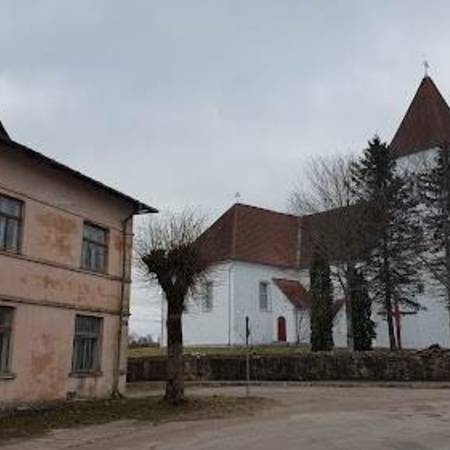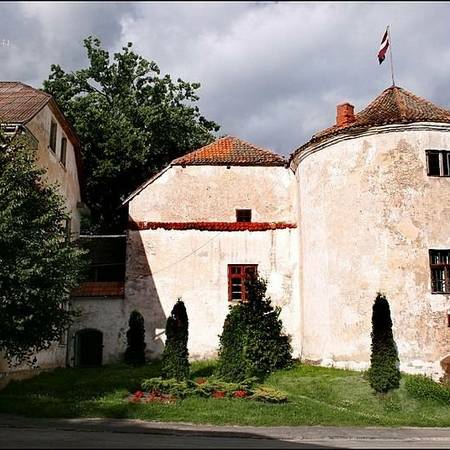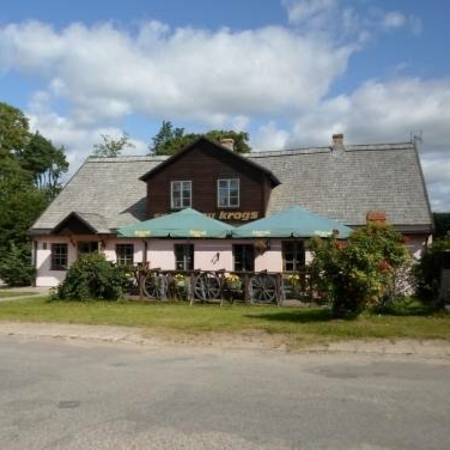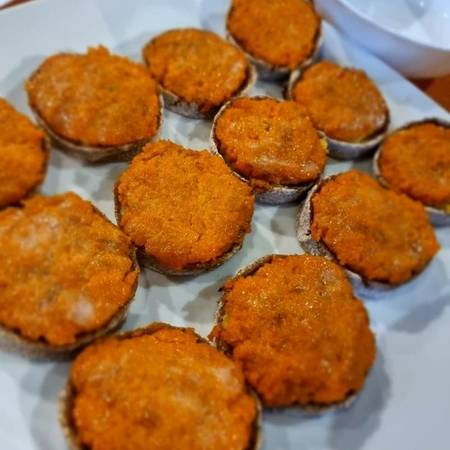The origins of Alsunga date back to the Curonian period, but today it is vividly known as the cultural space of the suiti. For nearly 400 years, it has been the centre of the historical Suiti district. Alsunga used to be known as Alšvanga, and it is an ancient Curonian village with three well-known hillforts and five ancient burial grounds. Alsunga and nearby Jūrkalne and Labrags were part of the Bandava land, as is seen through research about burials between the 10th and 12th centuries. Alsunga was in a place where Liivs’ and Curonian tribes intersected. Some specialists believe that the Liivs’ language dominated until the 14th century, but then gradually superseded by the Curonian language. Also linked to the Curonians is a special bun that is known throughout Kurzeme even though it was initially known as a Liivs’ dish. The name, “sklandrausis” may come from the word “sklanda,” which referred to the posts of a fence in the past. In Kurzeme, this pastry is also known as “žograusis” (fence bun) and “dižrausis” (noble bun). This is a very ancient recipe involving rye dough that does not involve yeast. Still, we can only guess what kinds of pastries they were in ancient times, because we know for sure that two of the main ingredients in the present-day recipe – carrots and potatoes – were quite unknown in the Baltic region back then. At the centre of Alsunga and on the banks of Lake Dzirnezers you will find the Dižgabalkalns hillfort of the Curonians. It is on an oval hillock that is 8-10 m in height. Archaeologists have identified a cultural layer below the ground that is some 2 m in thickness. The “Spēlmaņu krogs” (“Players’ Pub”) which is alongside the hillfort serves traditional dishes from Kurzeme that are based on recipes handed down from generation to generation. The sklandrausis bun is usually served, as are dumplings with ribs, turnips, sourdough porridge, other types of buns, and suiti bread.

+4






Reviews